Canon patents a folding display that will be attached as an integral part of a camera, in order to elevate the display’s size, horizontally, and vertically. This invention has a lot of potential since it can eliminate the need for an external monitor. The main details are below.

Canon wants bigger camera displays
This new (and very logical) solution from Canon, was defined by two patent applications. Although these applications will cause you a headache reading them, sometimes looking at the pictures will be more than enough. It seems that one application deals with a vertically folded camera display, and the other explains the horizontally folded camera display. Anyway, you can explore all the major figures in this article, so you can get the idea pretty quickly.
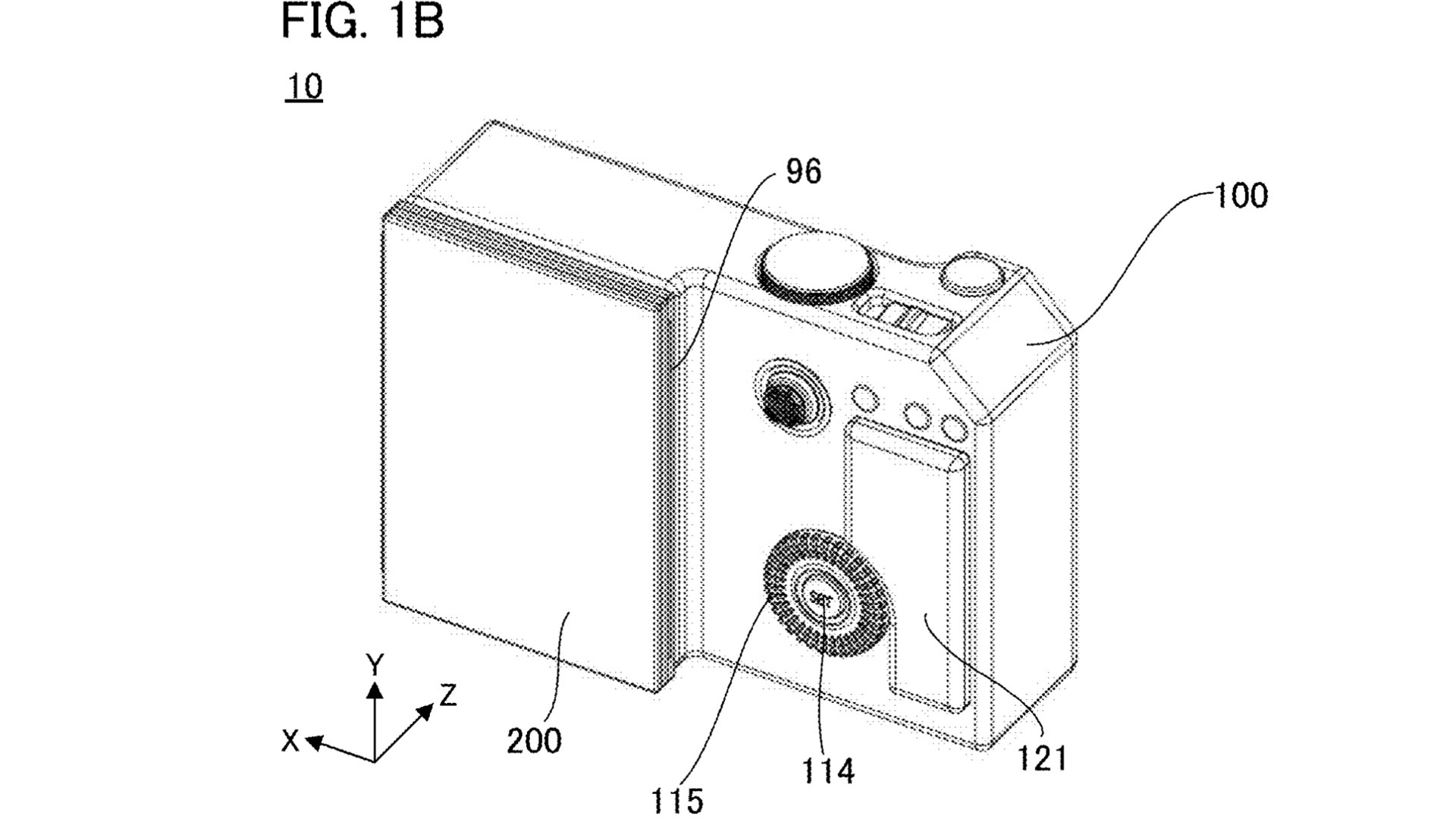
Flexible display, assembled from portions
Although the figures show a folded display, the patent applications claim that the display is flexible as well. As stated: “In an electronic apparatus, a display at least partially has flexibility, includes a plurality of display portions, and includes a bending portion at each of boundaries of the display portions. An electronic apparatus includes, near each bending portion, a hinge portion that is relatively rotatable couples two display portions, and is configured to be bendable at each bending portion as a start point in response to the rotation of each hinge portion. A main body coupling member rotatable couples the display to the main body portion. The display is able to transition to an accommodated state in which the display overlaps at a position that is different from the grip portion inside an outer shape of the main body portion and an unfolded state in which the plurality of display portions are unfolded in a parallel and same direction”. Nevertheless, it does look like a folded display, which is not bendable.
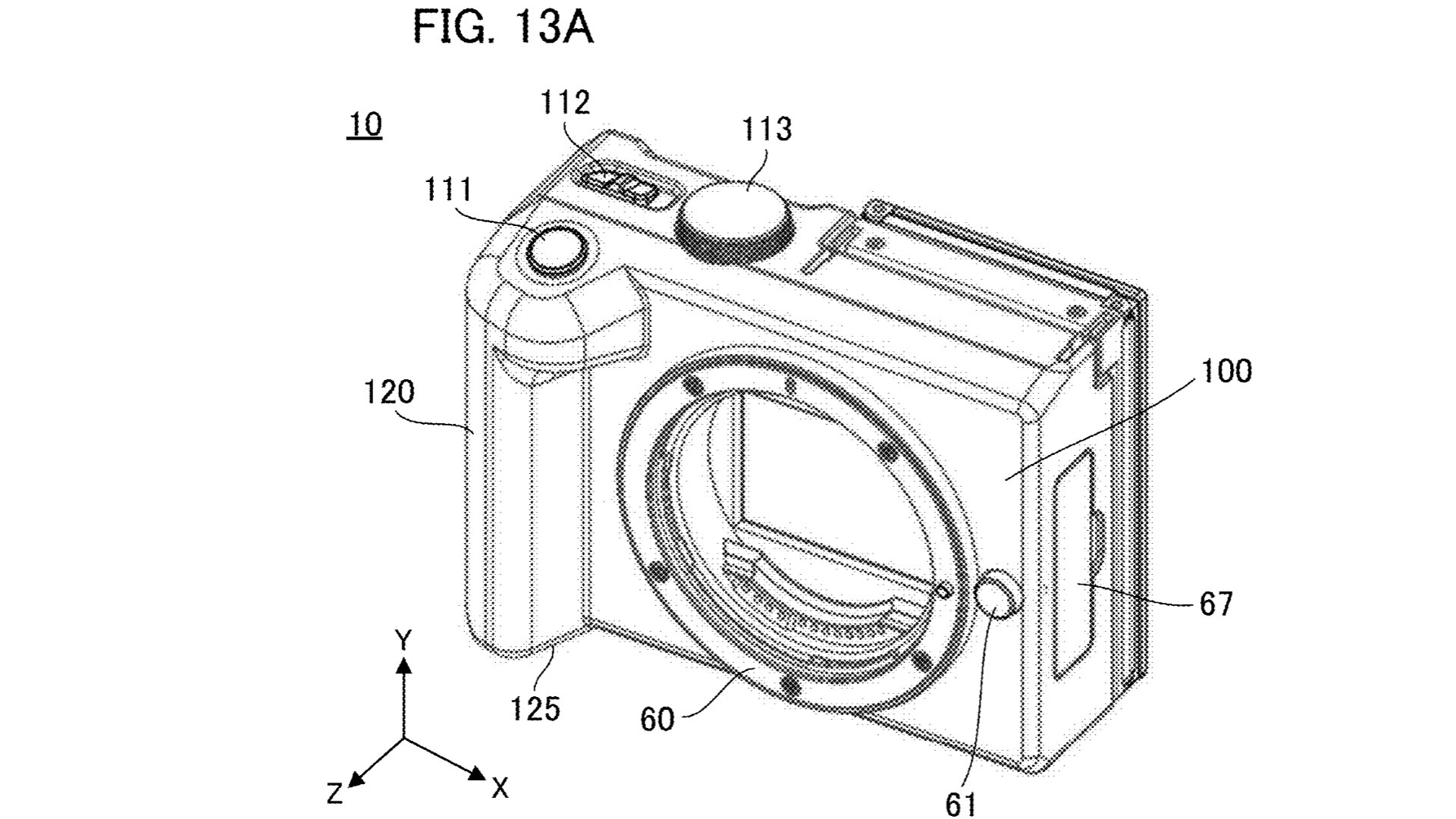
The problem
According to Canon (and to the simple logic), there’s a valid need for a larger display, especially touch displays integrated into small devices. As stated in the application: “In recent years, the size of apparatus main bodies has been reduced while displays have increased in size and there is a demand to further increase the size of display portions and to obtain multiple displays that enable simultaneous viewing of a plurality of screens. Thus, there is a method of performing switching between an accommodated state in which the size of an apparatus is small and an unfolded state in which a display portion is large by causing a display portion with the flexibility to bend, thus allowing both portability and viewability”.
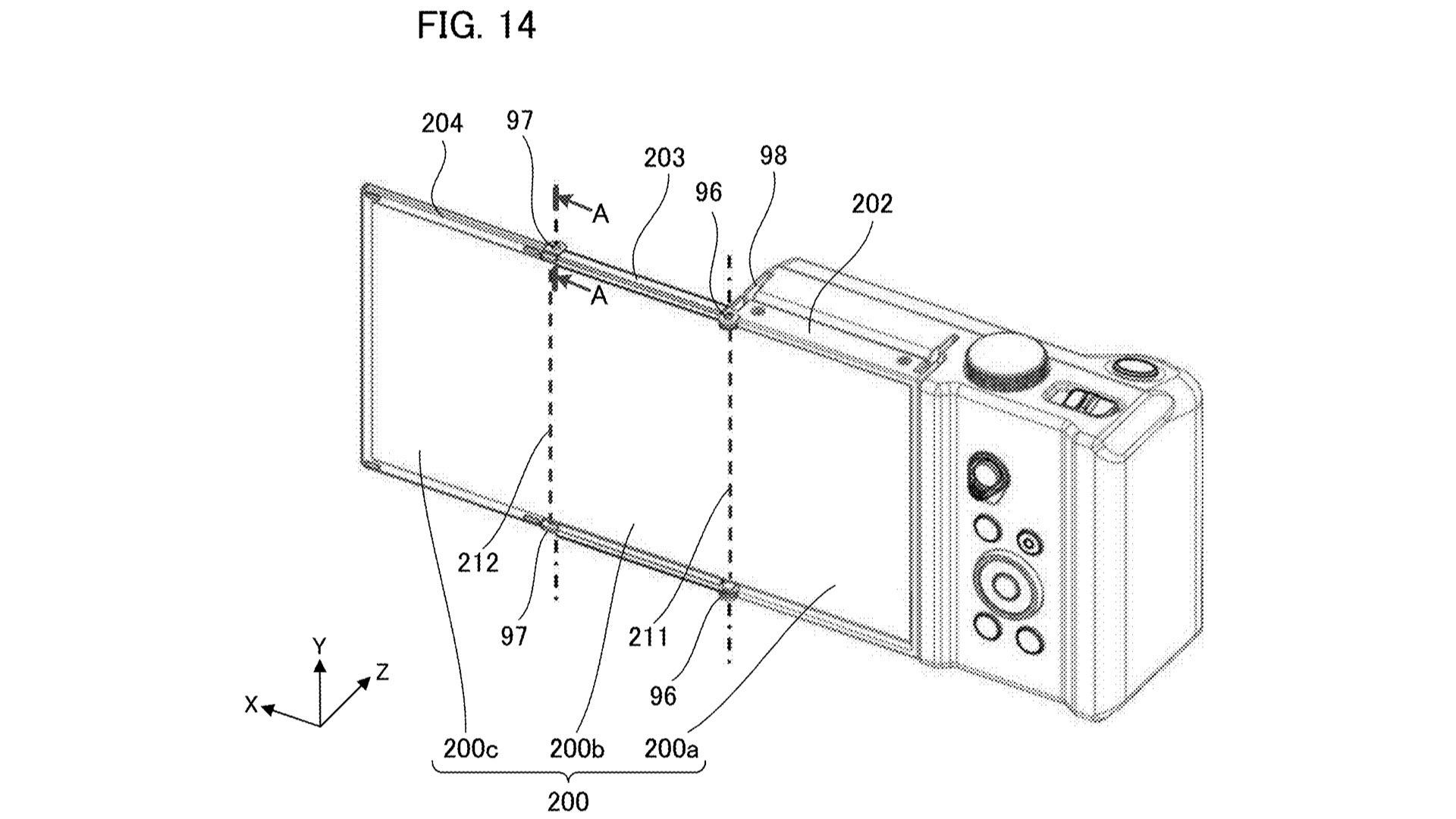
The description
That’s the description of the invention: “A display that at least partially has flexibility; and the main body portion, in which the display includes a plurality of display portions, has a bending portion at each of boundaries of the plurality of display portions and is configured to be bendable at the bending portion as a start point in response to rotation of a hinge portion that is relatively rotatably coupled to first and second display portions among the plurality of display portions, the main body portion includes a grip portion and an operation portion disposed at the grip portion, a coupling portion that rotatably couples the display to the main body portion is included, and the display is located at a position that is different from the grip portion inside an outer shape of the main body portion in an accommodated state, and the first and second display portions are unfolded and parallel to each other in an unfolded state”. Explore the prominent figures below:
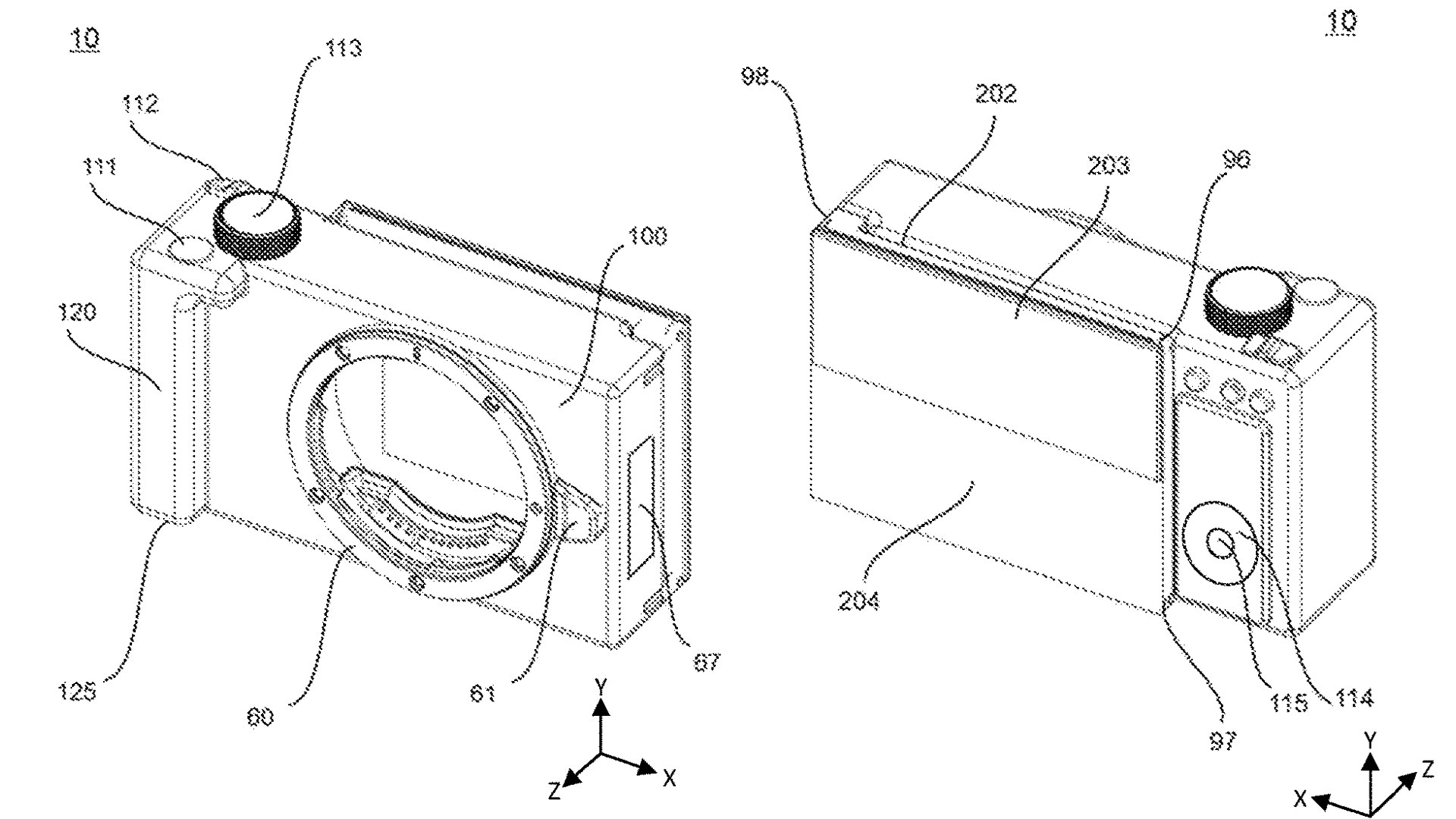
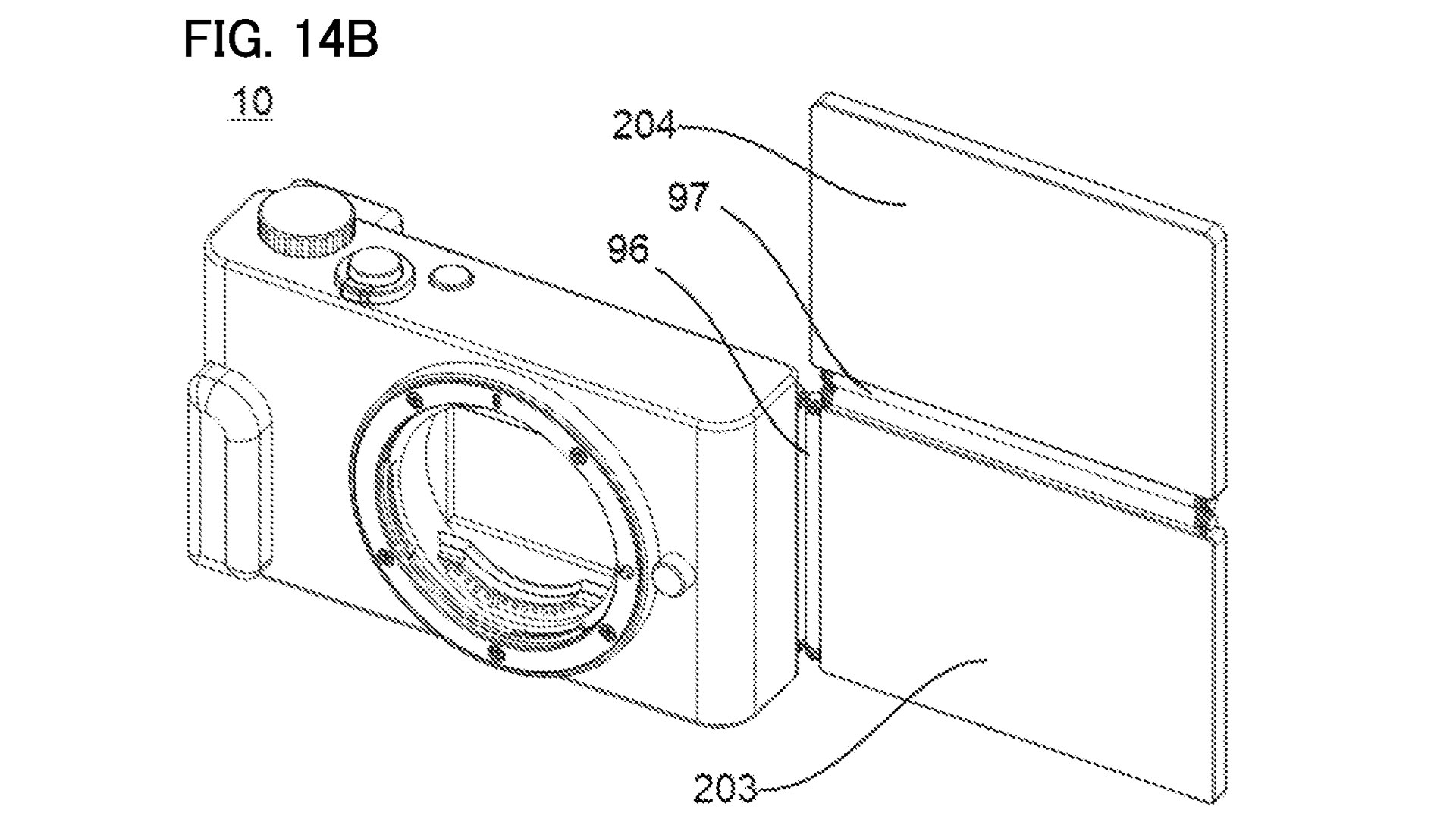
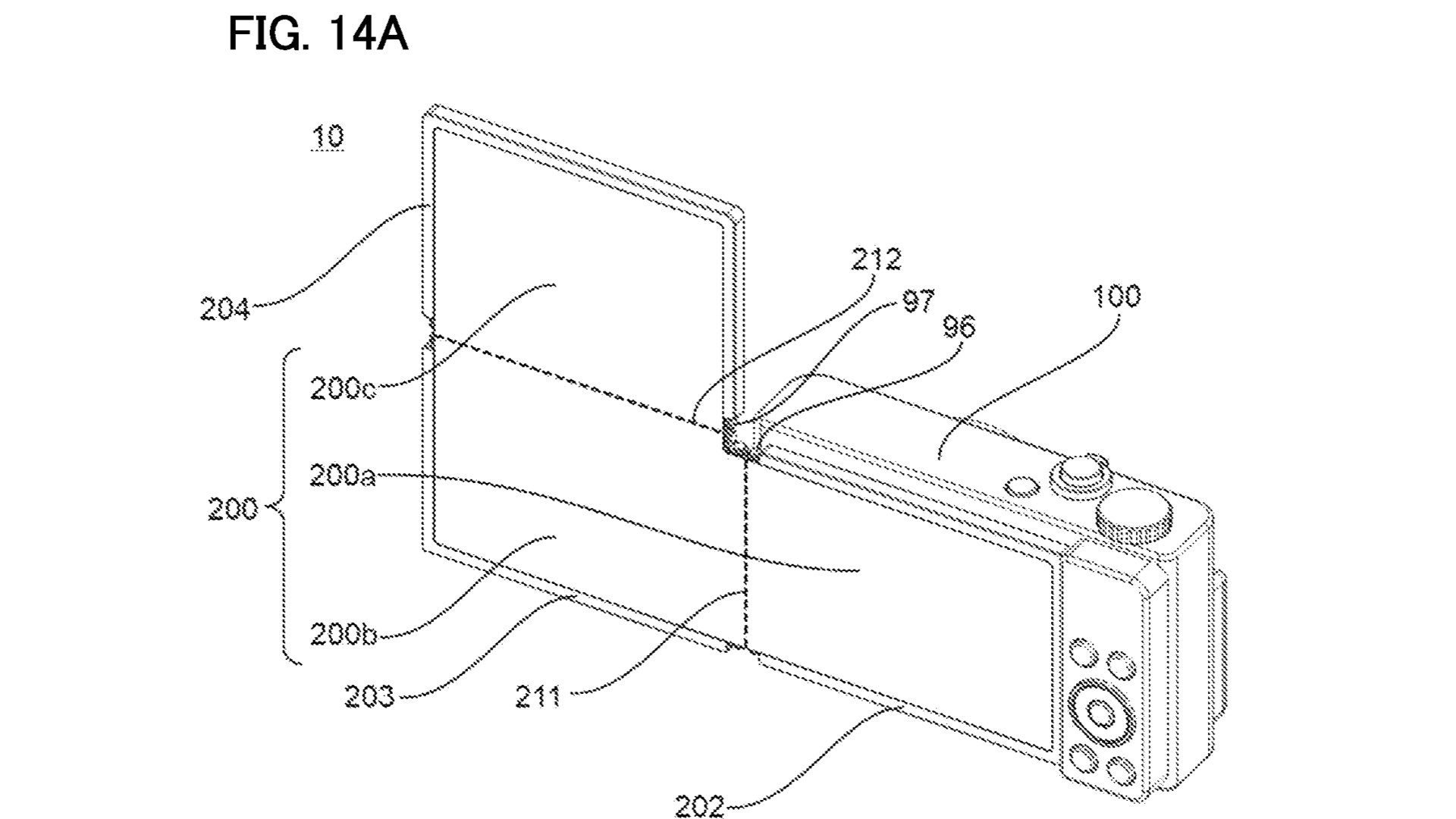
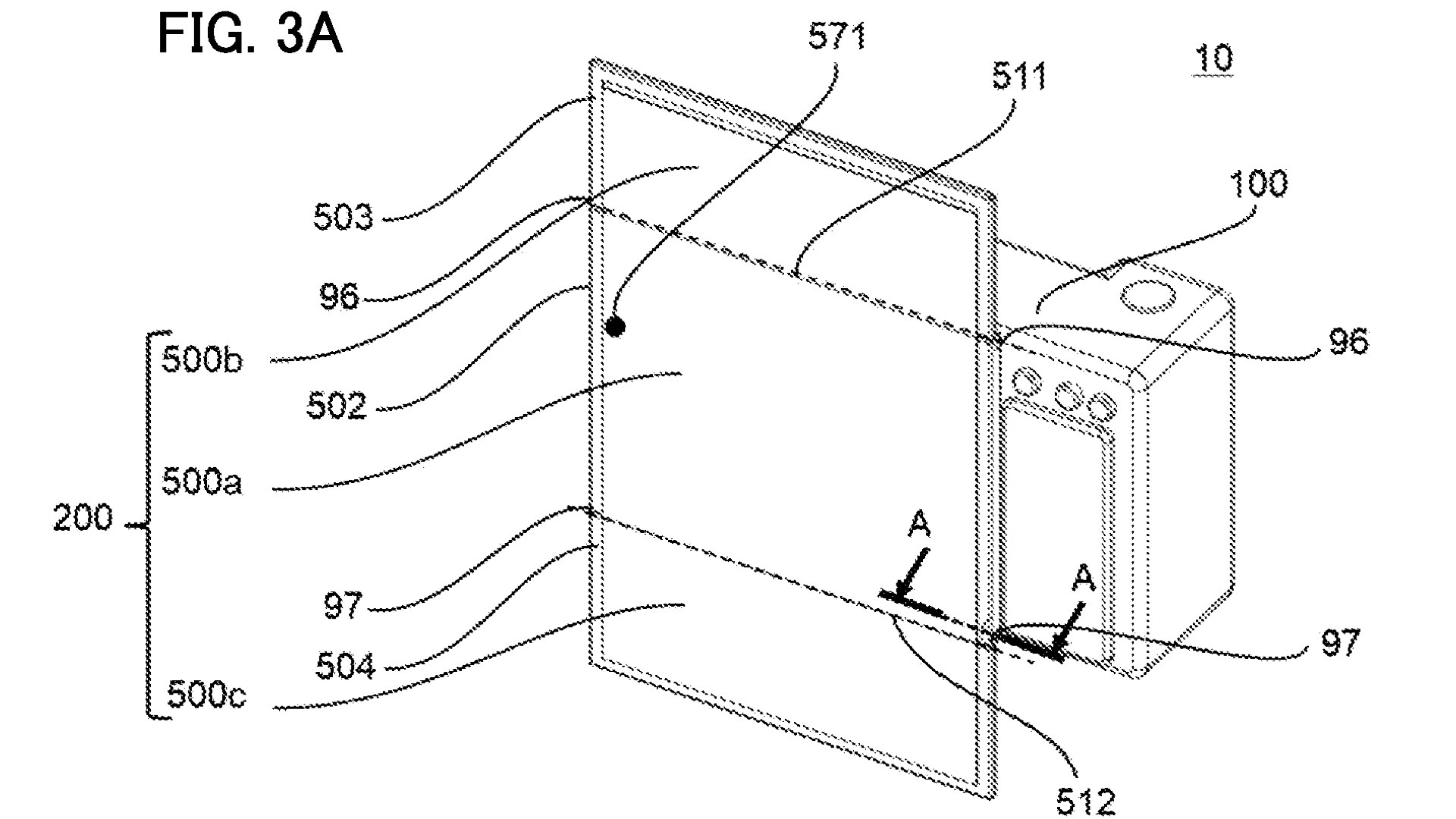
Discussion
These patent applications constitute a significant technological achievement from Canon, since when implemented (and it will), it can eliminate the need for an external camera monitor, and that’s huge progress. Imagine cinema cameras like the C70 or R5 C with a folding screen that can triple the size of the screen’s real estate. The concept of the folding screens is being executed by certain mobile phones (and might be implemented in the next generation of iPhones). Hence, why not implement it in a cinema camera? Moreover, this folding screen can be attached to almost all Cinema EOS cameras, like the C500 and C300 models, in order to allow a more convenient way of autofocusing, operating, and viewing, without being dependent on an external monitor. We expect to see this solution in the near future, as Canon works fast, and definitely had the capabilities for quick execution regarding this invention. Would it be a new era of camera displays?

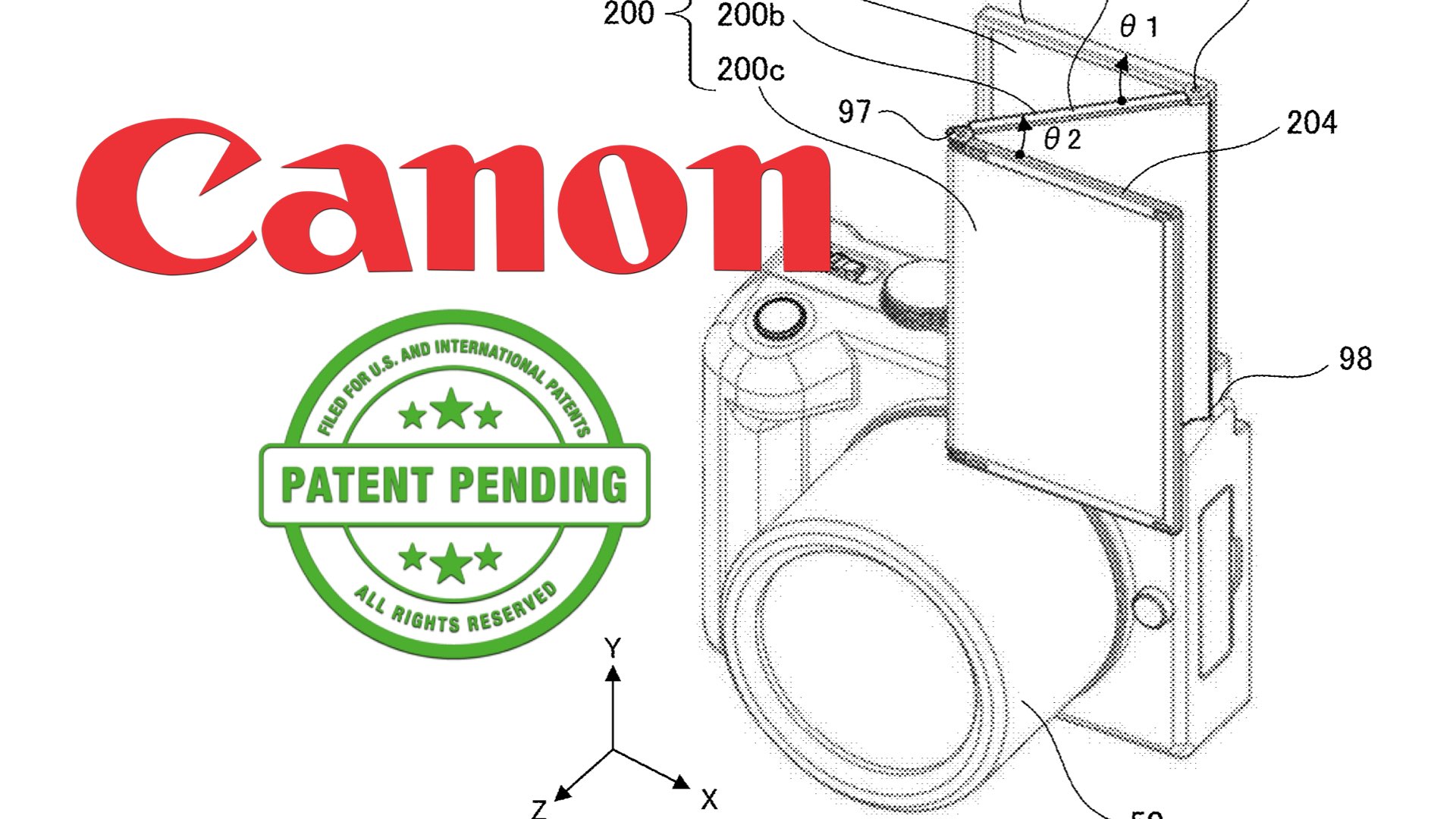



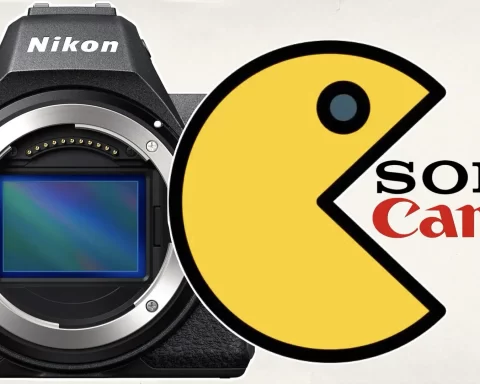

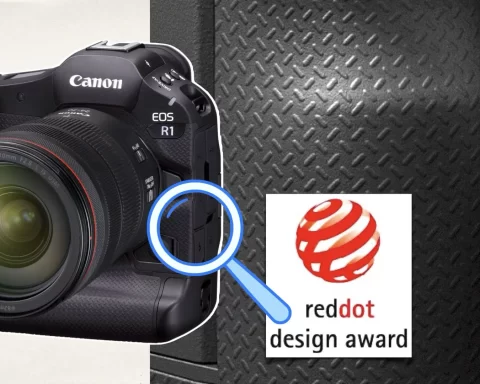

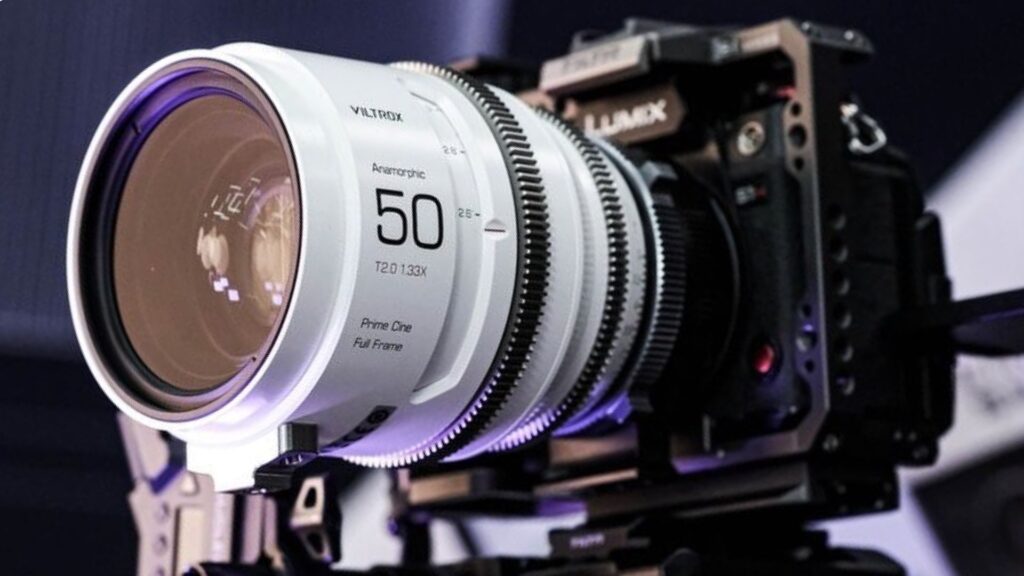





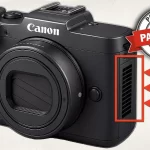
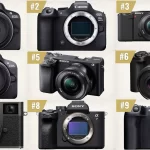
Folding screens are now not even working on snartphones. Maybe is a good idea, but now would be better if camera manufacturers are focused on making good connection with regular smartphone. Especially mirrorless camera are well equipped with advanced and well capable processors. Also 99% of camera users have their smartphone in pocket while shooting on camera. Some smartphones alredy offers 6.5″ big screens and QHD or even 4K resolution. Sony is already doing something in this way, but just between their Alpha series and Xperia smartphones.